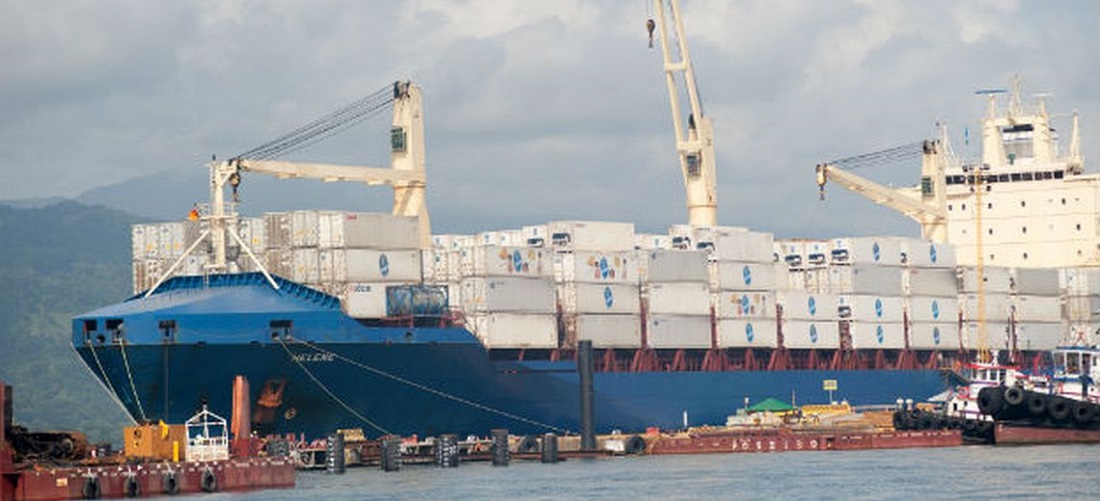
Trade balance closes November with lowest surplus since 2015
Dec, 02, 2019 Posted by Sylvia SchandertWeek 201949
The fall in the price of several international products and the reduction in the shipment of some items made the trade balance (difference between exports and imports) close November with the smallest surplus in four years. Last month, the country exported US$3.43bn more than it imported. This is the worst result for the month since 2015 (US$1.18bn).
With November’s result, the trade balance accumulates a surplus of US$41.08bn in 2019. It is the lowest surplus for the period from January to November since 2015. Last month, exports fell 16% from the daily average, reaching US$17.60bn. Imports ended November at US$14.17bn, also down 16% from the daily average.
According to the Ministry of Economy’s Foreign Trade Secretariat, the main factor responsible for the contraction in foreign sales was the non-exportation of a US$1.6bn oil rig that occurred in November last year, which was not repeated this year. Subsequently, the balance was influenced by the fall in international prices and the volume of crude oil exports, whose sales fell by US$961m in November compared to the same month last year.
Sales of agglomerated iron ore fell by US$293m due to the decline in export volume since the Brumadinho (MG) dam rupture, which led to disruption in other Vale mines. Also contributing to the drop in exports was the US$109m reduction in roasted coffee sales and the US$92m decrease in wood pulp shipments, caused by the slowdown in the Chinese economy.
Growth in exports of frozen beef (+US$254m), non-concentrated iron ore (+US$204m), aircraft (+US$181m), and orange juice (US$153m) did not compensate for the drop in shipments of other products.
All product categories registered a drop in exports. Manufactured goods sales fell 25.6% in November compared to the same month last year. Sales of semi-manufactured products fell 9.2%. For basic products, the drop in exports fell by 9.5%.
In imports, purchases of capital goods – machinery and equipment used in production – fell 54.2% in November compared to the same month last year. Acquisitions of intermediate goods fell 9.7%. However, due to the high dollar, purchases of fuels and lubricants rose 16.4%. Imports of consumer goods were virtually stable, with a slight increase of 0.3%.
After the trade balance ended 2018 at US$58.96bn, the second largest positive result in history, the market estimates a smaller surplus in 2019, driven mainly by the recovery of the economy, which reactivates consumption and imports, and by the tensions between developed countries, which reduces global trade.
According to Focus, a weekly survey of financial institutions released by the Central Bank, market analysts predict a trade surplus of US$43.5bn this year. The Ministry of Economy has more pessimistic estimates. In early October, the portfolio revised downward its projected surplus in 2019 from US$56.1bn to US$41.8bn.
Source: Agência Brasil
-
Datamar EN
Dec, 06, 2019
0
Container handling in Brazil grows 3% from January to October 2019
-
Shipping
Oct, 10, 2022
0
CMA CGM reorganises BRAZEX service
-
Ports and Terminals
Dec, 27, 2018
0
Port of Santos tariff revenues up 28.8%
-
Grains
Nov, 09, 2021
0
ANEC: Brazil to break record for soy exports in November



